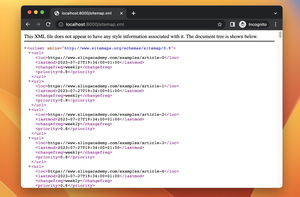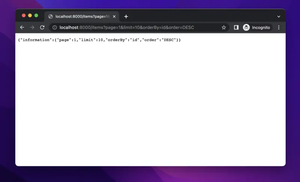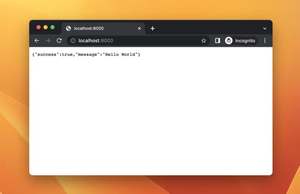When working with Jinja2 templates in a Flask or Django application, you might need to display large numbers in a more readable format by including thousand separators. Fortunately, Jinja2 provides a straightforward way to achieve this using custom filters or built-in formatting tools.
Using Python's Built-in Format Method
You can use Python’s built-in string formatting capabilities to handle number formatting directly within Jinja templates.
{{ "{:,}".format(large_number) }}In this example, {:,} is used to include commas in numbers. If large_number is 1234567, this will output 1,234,567.
Custom Jinja Filter
If you want to reuse the formatting elsewhere in your templates, you can create a custom filter. This requires modifying your Python application code.
Step 1: Define the Filter in a Python File
def format_number(value):
"""Format a number with commas as thousand separators."""
return "{:,}".format(value)Step 2: Register the Filter with Jinja
Next, register the filter with your Jinja environment. For example, in a Flask app:
from flask import Flask
app = Flask(__name__)
app.jinja_env.filters['format_number'] = format_numberIn a Django app, you would typically add this filter to a separate file within a custom templatetags directory.
Step 3: Use the Filter in a Jinja Template
Once the filter is registered, you can use it in your templates like so:
{{ large_number|format_number }}Conclusion
Formatting numbers with thousand separators in Jinja2 templates can significantly improve the readability of your numbers in web applications. Whether using Python's formatting options directly in your templates or implementing a custom filter, both approaches are powerful tools to enhance the user interface of your application.











